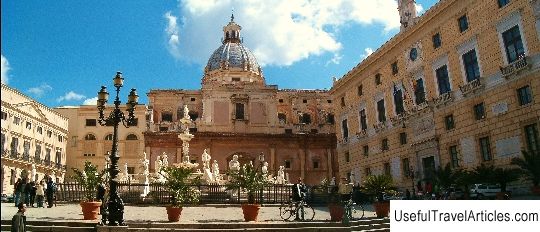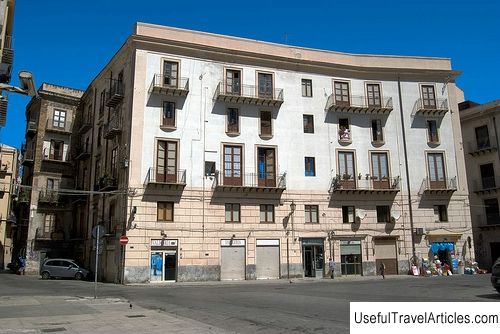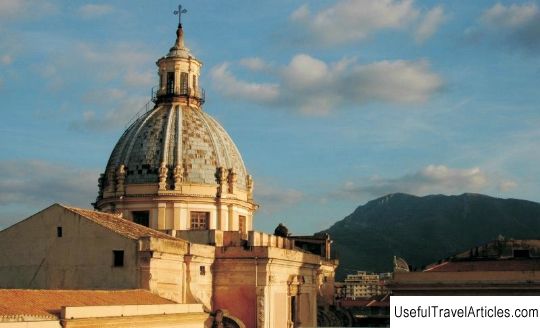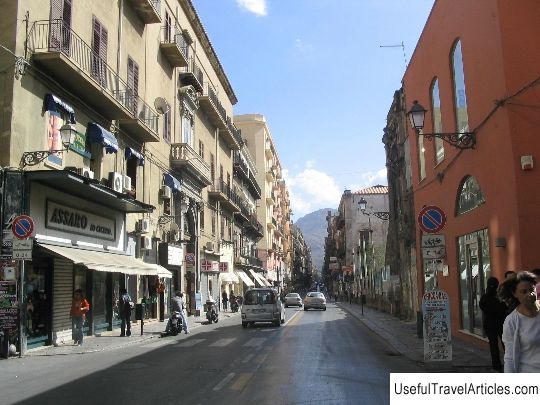Piazza Vigliena description and photos - Italy: Palermo (Sicily)
Rating: 8,7/10 (879 votes) 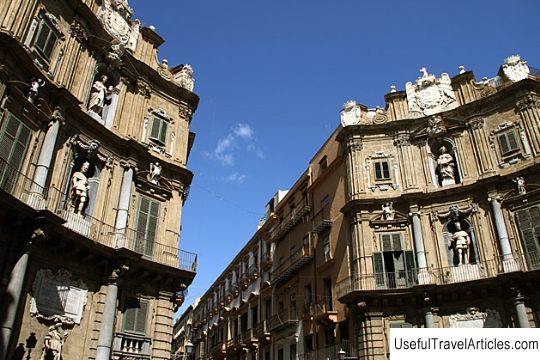
Piazza Vigliena description and photos - Italy: Palermo (Sicily). Detailed information about the attraction. Description, photographs and a map showing the nearest significant objects. The name in English is Piazza Vigliena. Photo and descriptionPiazza Villena, popularly called Quattro Canti, which means “four corners” in Italian, is one of the main baroque squares of Palermo, the capital of Sicily. It is located at the intersection of Corso Vittorio Emmanuele, formerly known as Cassaro, and Via Makeda. The creation of the square dates back to the early 17th century, when a straight street perpendicular to Cassaro was laid in the labyrinth of streets of old Palermo by order of the Spanish Viceroy Makeda. Later, the new street was named after its founder. Today, Piazza Vilhena with its Sicilian Baroque buildings is one of the city's most popular tourist attractions. Most of the architectural ensemble of the square was designed by Giulio Lasso and built in the first half of the 17th century under the direction of the architect Giuseppe de Avanzato. The piazza itself has a very unusual octagonal shape, since the corners of the four buildings that face it have been deliberately curved. In addition, the facades of these four-storey buildings are made in the same style, which gives the square a complete look: the lower tier of each building is decorated with a fountain with a statue of one of the seasons, on the middle tier you can see statues of the Spanish kings Philip II, Philip III, Philip IV and Emperor Charles V, who at different times were the rulers of the Kingdom of Sicily, and on the upper tier there are statues of Saints Agatha, Christina, Ninfa and Oliva - they were revered as the patroness of Palermo until the 17th century. Later, these saints became patronesses of the city quarters, which begin behind the back of each statue. In the southwestern corner of Piazza Villena stands the Catholic Church of San Giuseppe dni Teatini, one of the most striking examples of the Sicilian Baroque style. In the 17th century, the Quattro Canti was one of the largest examples of urban planning in Europe.        We also recommend reading Piazza dei Cavalieri description and photos - Italy: Pisa Topic: Piazza Vigliena description and photos - Italy: Palermo (Sicily). |
